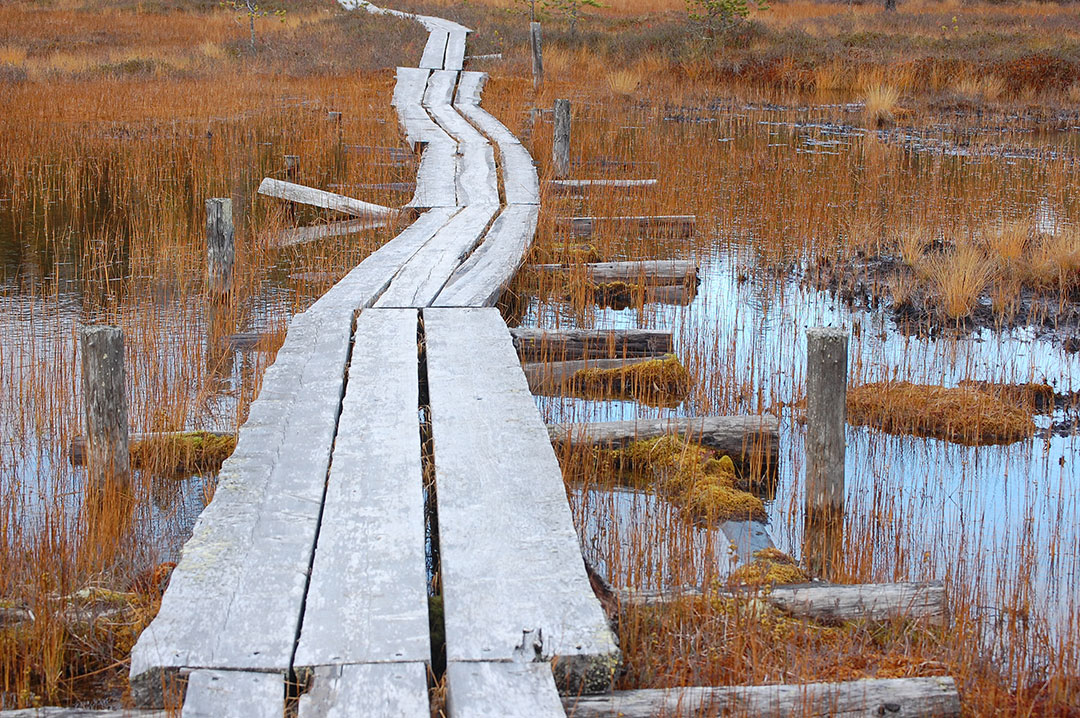After one and a half years of teaching at the Faculty of Social Sciences at the University of Lapland, senior researcher Hanna Lempinen has returned to the NPE team. In this blog post, she tells a bit more about her new research project and about the peculiar question of peat energy in Finland.
Peat looks more or less like partially dried mud, and it can be found in marshlands in which circumstances have been favorable for its formation. Peat is widely used in horticulture and as an ingredient in cosmetics. In some parts of the world – especially around northern Europe – it has also served as a source for heat and power. As an energy source, peat falls between the categories of renewable and non-renewable. Although it is of plant origin, its emission profile resembles those of fossil fuels. The increasing pressure to shift away from carbon dioxide intensive energy sources to more climate friendly energy alternatives has made peat an increasingly unpopular component in national energy mixes.
In the context of Finland, the question of peat is truly bigger than its size: while peat provides only around 4-ish percent of annual energy consumption in Finland, it is among the few endogenous energy resources that Finland possesses. In addition, the socioeconomic impacts of its harvesting are significant especially in some parts of Eastern and Northern Finland, where unemployment rates are in general high. On the other hand, the impacts of peat harvesting on marshlands, waterways and their ecosystems can be detrimental. Furthermore, the climate impacts of its combustion are so significant that they basically make peat energy incompatible with national climate policies and international climate goals. The conflicting interests that culminate in the question of peat have contributed to a rather ‘bouncy’ national stance on peat energy. While societal debates on the role and future of peat energy in Finland remain rather heated, currently the official target is to at least half the use of peat energy in the country by 2030. The roadmap for achieving this goal, however, remains both contested and vaguely formulated.
I argue that in order to successfully navigate the urgently necessary transition away from peat, the issue cannot be dealt with in the manner in which peat energy has traditionally been conceptualized in Finland: as a distinctively Finnish concern, as a matter of (socio)economics and energy security and even as a national treasure of a kind. Instead, the Finnish case needs to be put into international context: the examples of other small energy import dependent EU countries – like Ireland – can help to lead the way towards a peat-free Finland. However, also sociocultural aspects entangled with peat need to be addressed in order for the transition to be also socially sustainable. During the next two years, I will be focusing my research efforts on these concerns.
The two-year project “Path to a peat-free energy system - international examples and producer perspectives” (5/2020‒4/2022) is funded by the Maj and Tor Nessling Foundation

Photo: Ilona Mettiäinen